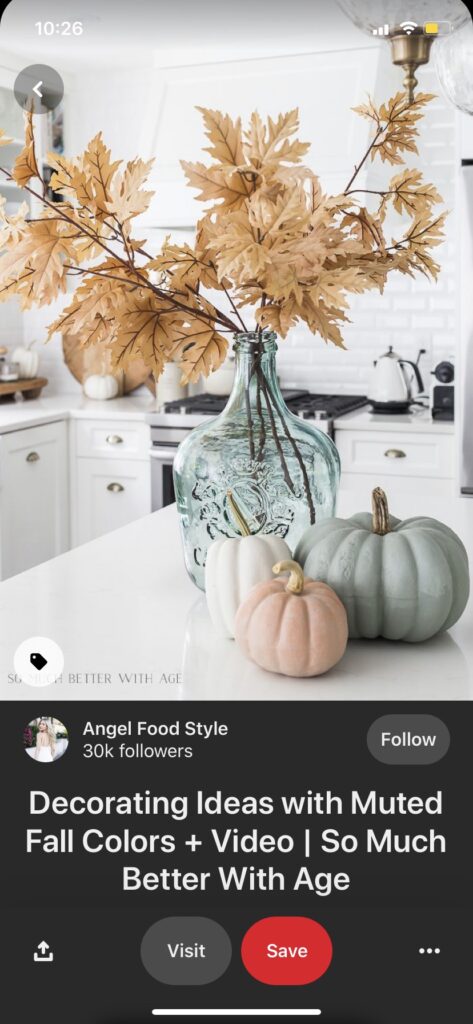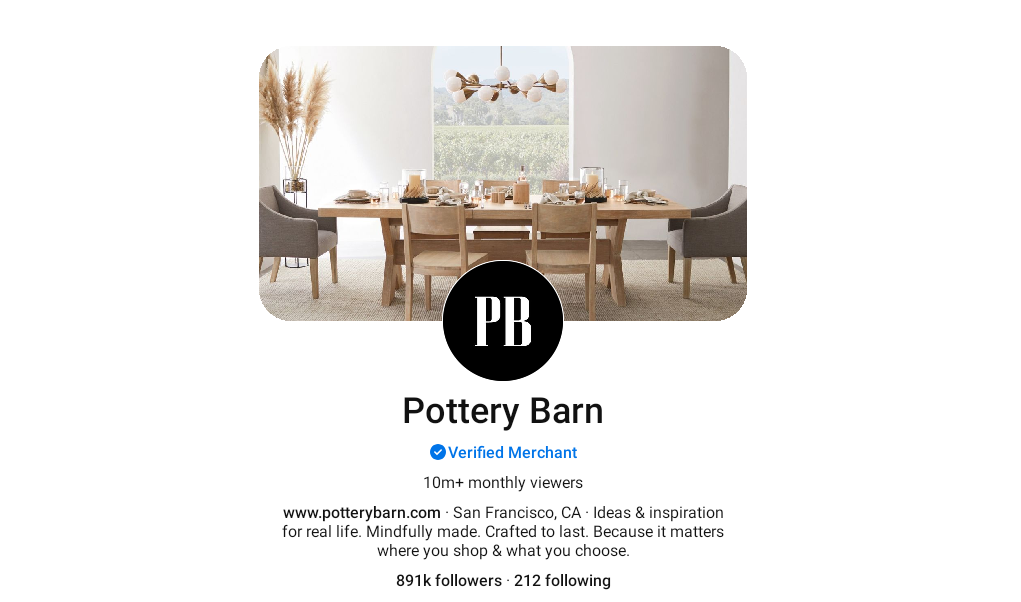Pinterest serves as a fantastic social media platform for inspiration in cooking, fashion, cleaning, interior design and so much more; but did you know that you can now have a Pinterest Business Account? Pinterest should be an important part of your social media marketing strategy, as the platform reaches a wide variety of audiences with more than 320 million active users.
Know the Difference
Before you get started with a Pinterest account for your brand, it’s important to understand the differences between a personal and business account. While the two profile types seem similar to the average consumer, there are key differences between the two.
Pinterest business accounts allow you to
- Specify your business name.
- Learn from marketing education geared toward businesses.
- Access upcoming features.
How To Set Up A Business Account
There are two ways to set up a business account on Pinterest: Convert your personal account or make a new one.
Social Media Examiner shares their step-by-step process on how to convert your personal account into a business account:
- “To convert your personal account to a business account, log into your Pinterest account and then visit the Pinterest for Business section. There, you will see a big red button to convert your existing personal account to a business account.
- Once you click on this button, you will be taken to the section where you can modify your current Pinterest account details. First, you will have to select your business type.
- Next, you will enter additional details such as your contact name and business name, plus you have the ability to edit your About information and website.
- Last but not least, you will have to agree to the new business terms of service agreement and privacy policy.”
If you don’t want to convert your existing personal account to a business account, you can sign up for a new business account. You will go through a similar process as converting, except you will be presented with the chance to choose a new username.
Tips For Successful Pinterest Marketing
Use “Pin It For Later”
This is an excellent way to cross-promote your brand’s social media accounts. Because Pinterest acts as a reference book and saves everything that users pin, try posting a recipe (or whatever relates to your brand) on Facebook with the caption “Be sure and pin this for later, you won’t want to miss this,” and always insert the link. This encourages your audience to jump over to Pinterest, and they just might end up spending a bit more time looking at your brand then they would have originally.
Add 20 To 30 Keywords On A Promoted Pin
Keywords are the most important targeting feature you can use with promoted pins. Pinterest recommends that you use 20 to 30 keywords for each promoted pin, which is just enough to get you noticed but not so many that you’re showing your content to the wrong people.
Feature Multiple Products In A Single Pin

By featuring multiple products in one pin, your chances for boosting engagement rise. This tactic can add value to a single pin for two reasons: First, you’re showing users that you have numerous amazing things to offer; second, you have a better chance of appealing to more users by featuring more options.
Include Text Overlay On Images
While images are elite on Pinterest, sometimes the photo needs a bit of help telling its story. To catch the attention of users scrolling quickly through feeds, try adding text overlay directly onto your images to make them stand out and explain why your pin and the content behind it are so valuable.
Choose Light Over Dark Images
The colors in the images we choose are vital for engagement and the number of clicks. Social Media Examiner says, “Research shows that lighter-colored images are consistently repinned more than darker images. Warm colors (reds) are also more likely to be repinned than images with predominantly blue tints, getting an average of twice as many pins.”
Feature Step By Step Tutorials
Do-it-yourself (DIY) content is a staple of Pinterest and remains one of the most searched types of pins. Images that actually show step-by-step tutorials often get a high amount of engagement and clicks on Pinterest, so even if it’s only a two-step process, photograph it and share! You never know what users might find interesting.
Create 150- to 300-Word Descriptions
While the image remains the most important part of a pin, the description should never be overlooked. Descriptions give more information about the pin, which will ultimately help convince users to click and show them the value of doing so. It’s also an opportunity to add your desired searchable keywords.
The audience you’re aiming to reach and the type of content you’re trying to promote will affect your optimal description length. Test the length of the descriptions you use on your pins and see what resonates best with your audience.
Include Links

This is a very simple but effective trick. Adding a link to your pin or board descriptions can increase clicks to your site, because users can click the pin to travel directly to your site. It can also show users where they’re going without clicking the pin to view it or leaving Pinterest.
You should try to keep the link as short as possible.
In addition to adding links to your descriptions on pins and boards, make sure you always include a link to your website on your main profile page. It’s important to remember, because this can send more traffic to your main site, and you always want to cross-promote your brand.
There are so many features that make Pinterest the inspirational power house that it is today, and we want you to use them! Add to the creative community and showcase your brand!

